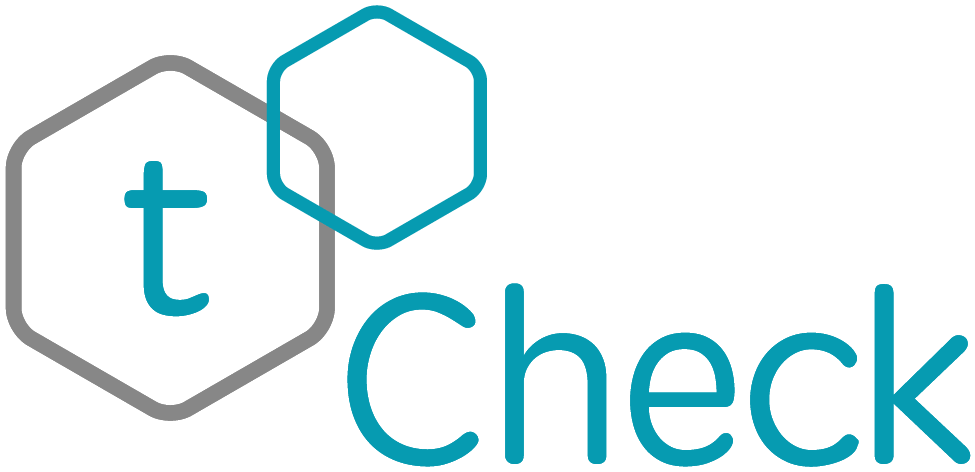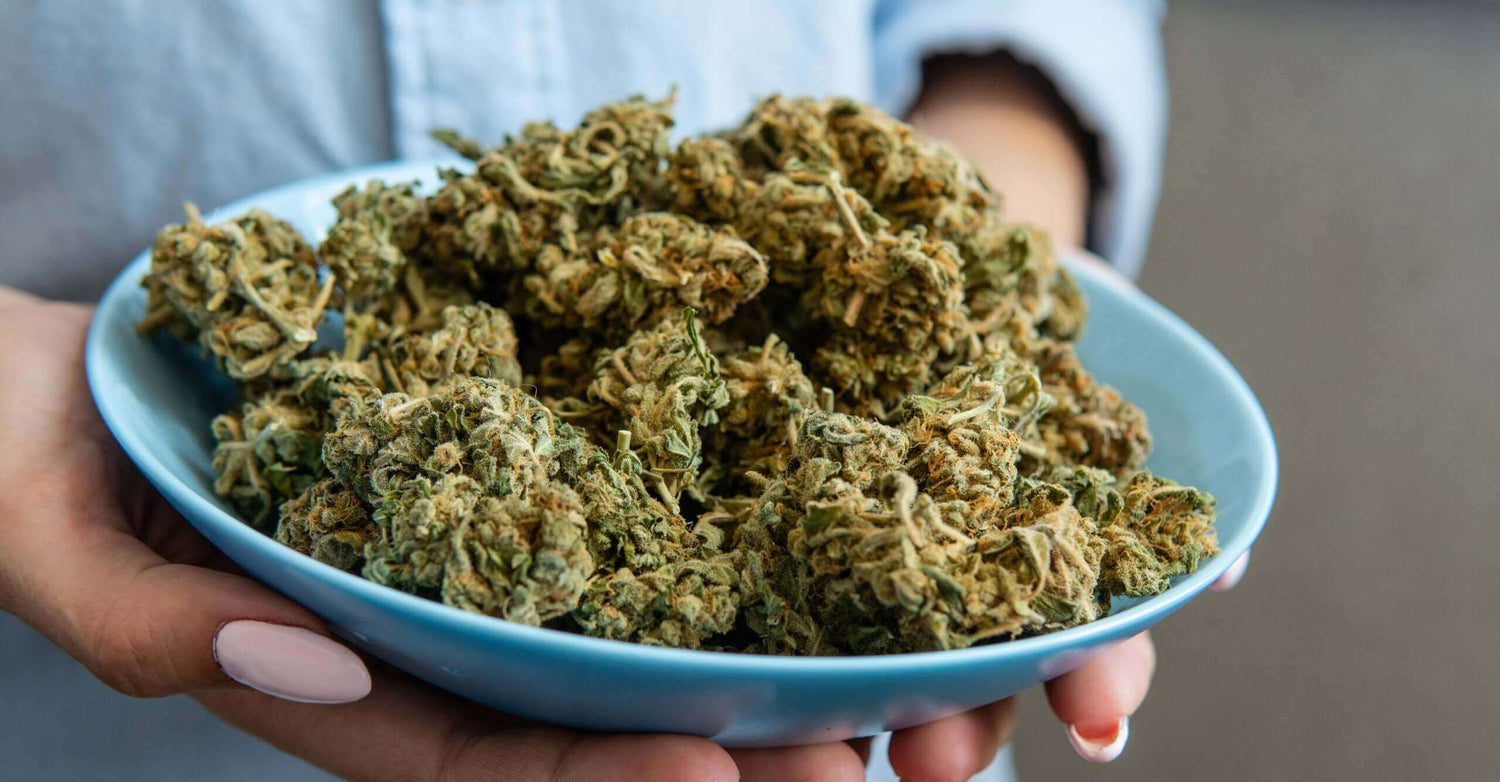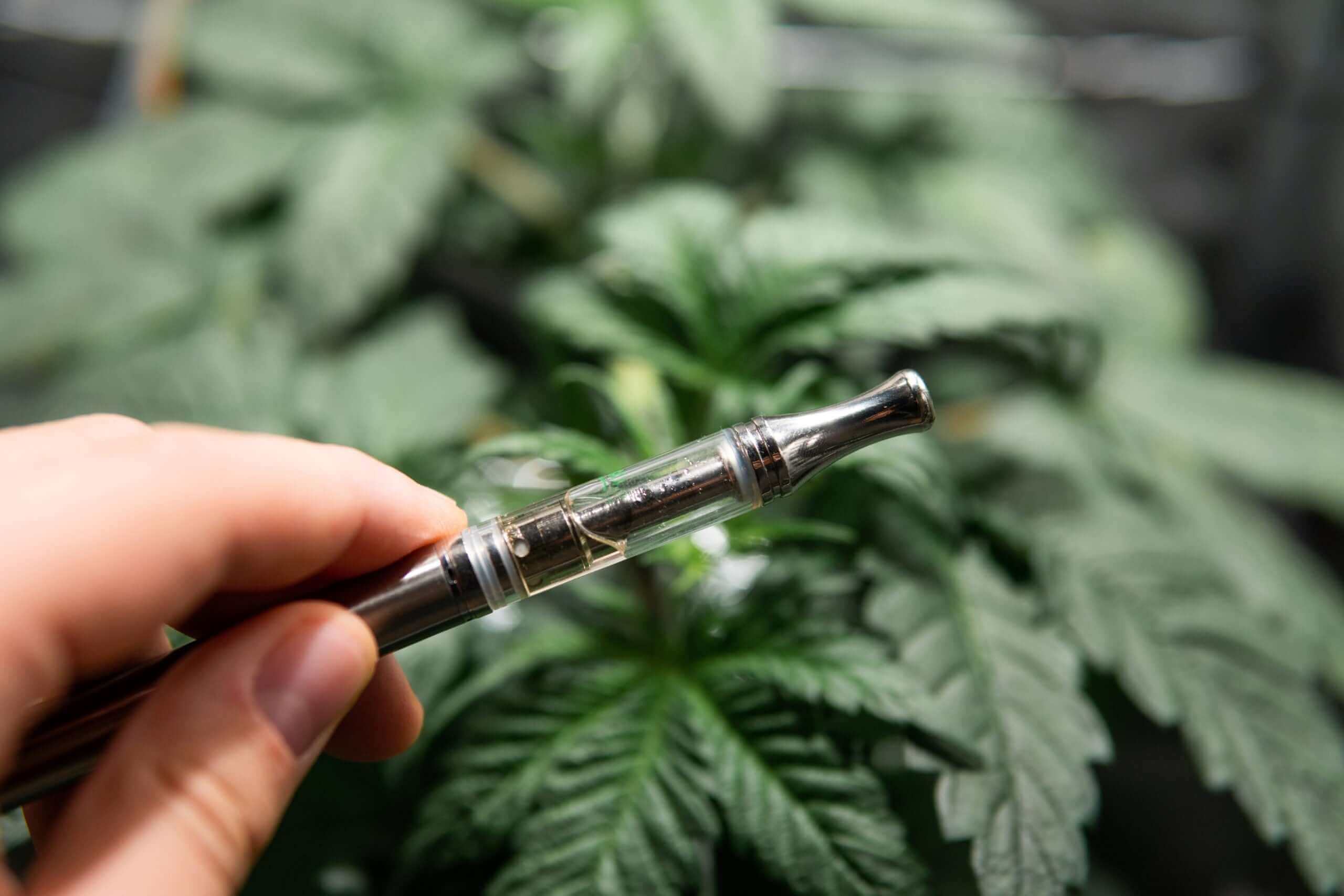Ancient healers intuitively knew that cannabis plants were rich with therapeutic potential. But for nearly a century, prohibition caused cultivators and consumers to concentrate on one ingredient: THC.
Today, things are coming full circle, and scientists have identified over 120 distinct cannabinoids. CBD is now a household word, and researchers are turning their studies toward minor cannabinoids. Recently, cannabigerol (CBG) has become one of the most compelling alternative cannabinoids to enter the spotlight.
What is CBG?
CBG is a minor cannabinoid that typically occurs in small quantities in mature cannabis flowers. Researchers call CBG the “Mother Cannabinoid” because the compound yields other cannabinoids as it metabolizes. As cannabis plants mature, most of the CBG in its acidic form, cannabigerolic acid (CBGA), transforms into tetrahydrocannabinolic acid (THCA), cannabidiolic acid (CBDA), and cannabichromenic acid (CBCA). In essence, CBG is the mother of the two most abundant cannabinoids, THC and CBD, as well as a lesser-known compound, CBC.
Differences Between CBG and CBD
On the surface, CBG and CBD may seem nearly identical. Both compounds are non-intoxicating, and both can weaken the psychoactive effects of THC. The similarities between the two cannabinoids provoke many consumers to question, “Why not just opt for CBD?”
However, once you dig beneath the surface, you’ll find that CBD and CBG have marked differences, and CBG may offer distinct benefits. The most critical divergence between the two cannabinoids lies in how each compound interacts with receptors in the endocannabinoid system (ECS). While CBD subtly works on endocannabinoid receptors, CBG directly stimulates both CB1 and CB2 receptors. This ability to strongly interact with ECS receptors hints at some potentially powerful future uses for the compound.
Potential Health Benefits of CBG
Please keep in mind that the CBG research to date has been restricted to laboratory and animal studies. Medical science will need to perform many more years of lab research and clinical studies before we will reach a sufficient understanding of CBG’s complete therapeutic benefits. We suggest that you consult with a trusted, licensed medical professional before adding CBG to your daily routine. That said, let’s investigate some of the early research.
CBG May Reduce Excessive Inflammation
Like many cannabinoids, CBG seems to reduce inflammation through its interactions with CB2 receptors in the immune system. Early research has concluded that CBG may be especially useful for treating the intestinal inflammation caused by Irritable Bowel Disease (IBS).
CBG Could Help Relieve Pain
The ability to help reduce inflammation plays a crucial role in pain management, but that’s not the only way CBG may help relieve pain. Animal studies have concluded that CBG also acts as a GABA-reuptake inhibitor. Higher levels of GABA in the body encourage the muscles to relax, reducing body aches and pains.
CBG May Ease Depression and Anxiety
CBG’s ability to serve as a GABA reuptake inhibitor may also make the compound useful for combatting anxiety. In addition to easing muscle tension, GABA acts as a neurotransmitter that produces a calming effect, relieving stress and promoting positive mental outlooks.
CBG Could Impede Tumor Growth
CBG may slow the proliferation of cancer cells. In a 2014 study published in the peer-reviewed journal Carcinogenesis, CBG inhibited the growth of colorectal cancer cells by blocking TRPM8 receptors. CBG may also help reduce tumor size in breast cancers.
CBG May Provide an Alternative for Glaucoma Patients
For decades, medical marijuana doctors have considered cannabis and THC as valid treatments for glaucoma. However, not all glaucoma patients can tolerate the sometimes overwhelming effects of THC. Being non-intoxicating, CBG may offer a solution. Similar to its sister cannabinoid, CBG helps reduce the intraocular pressure associated with glaucoma.
CBG May Fight Huntington’s Disease
Researchers studying rats with Huntington’s Disease found that CBG exhibits neuroprotective properties. CBG does this in several ways, including regularizing abnormal gene expression.
CBG Kills Antibiotic-Resistant Bacteria
Superbugs like methicillin-resistant Staphylococcus aureus (MRSA) are a constant threat in healthcare facilities. In a study of various cannabinoids, CBG showed a particularly potent ability to kill antibiotic-resistant bacteria, including MRSA.
CBG Side-Effects and Prescription Drug Interactions
We don’t have a lot of information on CBG’s potential adverse reactions. According to preliminary animal studies, CBG seems to be well-tolerated and produces few side-effects apart from stimulating the appetite. Since we still have no conclusive data, we suggest that consumers follow the same guidelines as they do for CBD.
People taking prescription medicines should consult with their primary physician before including CBG products in their healthcare routine. Cannabinoids like CBD and CBG may increase the potency of certain pharmaceuticals, especially medications with a grapefruit warning.
Products with CBG
Until relatively recently, CBG was only available as expensive extracts. CBG concentrates were so costly to produce that they earned the nickname, “The Rolls-Royce of Cannabinoids.”
The underlying reason why CBG products have been so expensive is that typical cannabis flowers contain less than 1% CBG, the rest of the CBGA having transformed into other cannabinoids. Because mature cannabis flowers contain so little CBG, extracting the compound requires extremely precise chromatography devices and other specialized equipment.
Fortunately, the 2018 Farm Bill accelerated the development of new hemp cultivars and hemp-derived compounds. The federally legal hemp market has led to a host of innovations in the cultivation and extraction of CBG.
CBG Hemp Flowers
Years of careful breeding and experimentation with harvesting methods have finally brought CBG hemp flowers to the cannabis market. High CBG hemp flowers offer consumers the ability to smoke, vape, or make their own edibles and topicals.
While you won’t find the variety of high-CBG flowers that you do with CBD hemp flowers, these days, you can choose from an increasing selection of CBG strains, such as:
- White CBG
- Jack Frost
- Sour G
- John Snow
Full-Spectrum CBD Extracts
Fortunately, CBG extracts have come down in price. Manufacturers have found that they can extract more CBG if they adhere to the optimum extraction window, which occurs around six weeks into the plant’s flowering cycle. Full-spectrum extracts are considerably cheaper than isolated CBG concentrates and will allow you to benefit from the entourage effect.
CBG Isolates
CBG isolates are more costly than full-spectrum CBG oils, but they’re better choices for people who need to undergo drug screening or intend to use CBG in conjunction with their doctor’s recommendations for a specific medical purpose.
Whichever CBG product you choose, you should only buy from legal, licensed manufacturers and ask to see the third-party lab results. Examining official Certificates of Analysis will not only ensure that your products are contaminant-free but will also allow you to check CBG percentages for maximum potency. As the demand for CBG products increases, tCheck hopes to offer potency testing devices for CBG and other minor cannabinoids.






